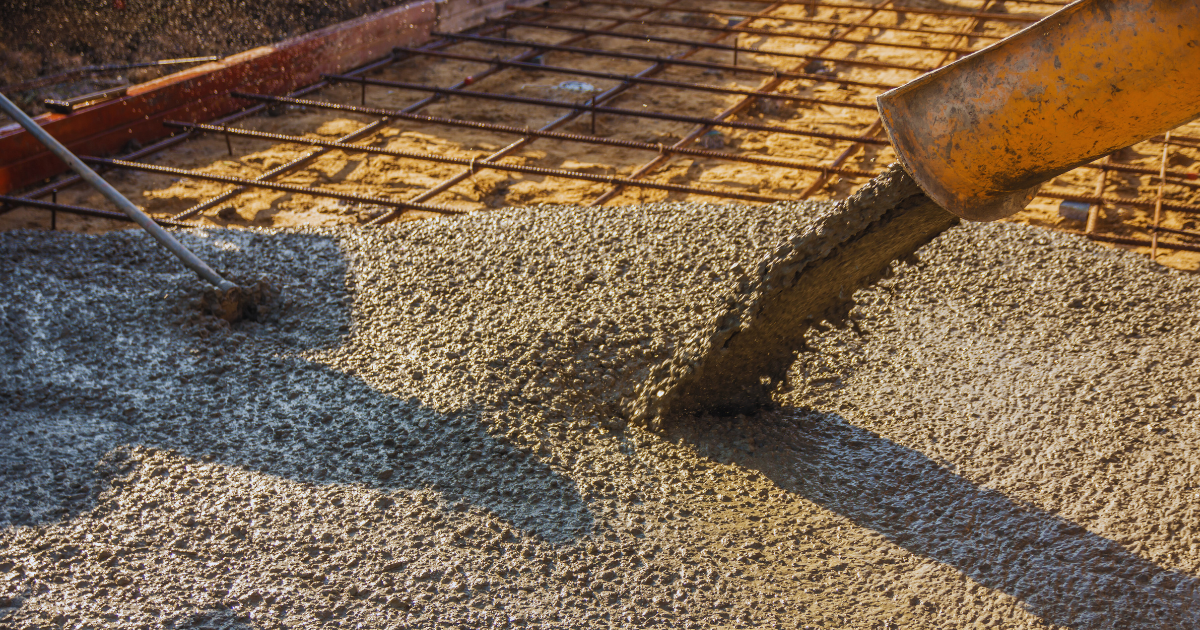Concrete is one of the most widely used construction materials in the world, and its applications are virtually limitless. From sidewalks and bridges to skyscrapers and dams, concrete plays a crucial role in the infrastructure that supports modern society. But how concrete works is a topic that often remains misunderstood. In this comprehensive guide, we will delve into the intricacies of concrete, exploring its components, the chemical reactions that give it strength, and the various techniques used to ensure its durability and functionality.
The Basics of How Concrete Works
To understand how concrete works, it’s essential to start with its basic components. Concrete is a composite material made primarily of cement, water, and aggregates (such as sand, gravel, or crushed stone). The proportion of these ingredients can vary depending on the desired properties of the finished product, but the basic principle remains the same: when mixed together, these components undergo a series of chemical reactions that result in a hard, durable material.
Cement acts as the binding agent in concrete. It is typically made from a mixture of limestone, clay, and other materials that are heated to high temperatures in a kiln to form clinker, which is then ground into a fine powder. The most common type of cement used in concrete is Portland cement.
Water is crucial in the concrete mixing process because it initiates the chemical reaction known as hydration. This reaction is what allows the cement to harden and bind the aggregates together. The ratio of water to cement (known as the water-cement ratio) is a critical factor in determining the strength and durability of the concrete. A lower water-cement ratio generally leads to higher strength and durability.
Aggregates provide the bulk and strength to concrete. They occupy the majority of the volume of concrete and are divided into fine aggregates (like sand) and coarse aggregates (like gravel or crushed stone). The quality and size of the aggregates can significantly affect how concrete works in terms of strength, workability, and durability.
The Chemical Process: Hydration
The key to understanding how concrete works lies in the hydration process. When water is added to cement, it starts a series of chemical reactions that produce calcium silicate hydrate (C-S-H) and calcium hydroxide. The C-S-H gel forms a strong matrix that binds the aggregates together, giving concrete its characteristic strength. The reaction also produces heat, which is why freshly mixed concrete can feel warm to the touch.
The hydration process continues over time, which means that concrete continues to gain strength long after it has been poured. This is why older concrete structures can be incredibly strong and durable. However, the initial few days after pouring are critical because this is when the concrete gains most of its early strength. Proper curing during this period is essential to ensure the concrete reaches its full potential.
Mixing and Pouring: The Practical Aspects of How Concrete Works
The process of mixing and pouring concrete is as important as the chemical reactions that give it strength. Understanding how concrete works involves recognizing the significance of each step in the process.
- Mixing: The ingredients of concrete must be mixed thoroughly to ensure a uniform consistency. This can be done in a batch plant for large-scale projects or using a portable mixer for smaller jobs. The goal is to achieve a homogeneous mixture where the cement, water, and aggregates are evenly distributed.
- Transportation: Once mixed, concrete must be transported to the construction site without significant delays. Concrete begins to set as soon as water is added, so minimizing the time between mixing and pouring is crucial. Ready-mix concrete trucks are commonly used for this purpose.
- Pouring: Pouring concrete involves placing the mixture into the desired forms or molds. This step requires careful attention to ensure the concrete fills all spaces and eliminates air pockets, which can weaken the structure. Vibrators are often used to compact the concrete and remove air bubbles.
- Finishing: After pouring, the surface of the concrete is finished to achieve the desired texture and appearance. This can involve smoothing, texturing, or adding decorative elements. Proper finishing techniques are essential to prevent defects such as cracks or surface imperfections.
- Curing: Curing is the process of maintaining adequate moisture, temperature, and time to allow the concrete to achieve its potential strength and durability. Curing can be done by keeping the surface wet, using curing compounds, or covering the concrete with wet burlap or plastic sheets. Proper curing is critical to how concrete works, as it ensures the long-term performance of the structure.
Reinforcement: Enhancing How Concrete Works
In many applications, concrete is reinforced with steel bars (rebar) or mesh to improve its tensile strength. Concrete is inherently strong in compression but weak in tension, and the addition of reinforcement helps counteract this weakness. The combination of concrete and steel creates a composite material that can withstand both compressive and tensile forces, making it ideal for structures like bridges and buildings.
Factors Affecting How Concrete Works
Several factors can influence how concrete works, including:
- Temperature: Extreme temperatures can affect the setting time and strength of concrete. Hot weather can cause rapid evaporation of water, leading to inadequate curing, while cold weather can slow down the hydration process.
- Mix Design: The proportion of cement, water, and aggregates must be carefully controlled to achieve the desired properties. The use of additives and admixtures can also enhance specific characteristics of concrete, such as workability, setting time, or resistance to chemical attack.
- Quality of Materials: The quality of cement, water, and aggregates used in the mix significantly affects how concrete works. Impurities in these materials can lead to weaknesses and durability issues.
- Construction Practices: Proper mixing, transportation, pouring, and curing practices are essential to ensure that concrete performs as expected. Poor construction practices can lead to defects and reduce the lifespan of concrete structures.
Applications: The Versatility of Concrete
Understanding how concrete works helps to appreciate its versatility in various applications. Concrete is used in:
- Buildings: From foundations to walls and floors, concrete provides the structural framework for residential, commercial, and industrial buildings.
- Infrastructure: Bridges, highways, dams, and tunnels rely on the strength and durability of concrete to withstand heavy loads and environmental conditions.
- Decorative Elements: Concrete can be molded into various shapes and finished in numerous textures and colors, making it a popular choice for decorative elements such as countertops, tiles, and sculptures.
- Marine Structures: Concrete is used in the construction of piers, docks, and offshore platforms due to its resistance to water and ability to withstand harsh marine environments.
Conclusion
Concrete is a fundamental material in construction, and understanding how concrete works is essential for anyone involved in the industry. From its basic components and chemical reactions to the practical aspects of mixing, pouring, and curing, every step in the process contributes to the strength, durability, and versatility of concrete. By recognizing the factors that influence how concrete works, builders and engineers can ensure the creation of safe, long-lasting structures that meet the demands of modern society. Whether you’re constructing a simple sidewalk or a towering skyscraper, the principles of how concrete works remain the foundation of successful construction.







